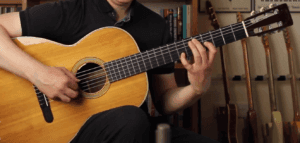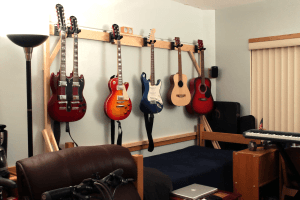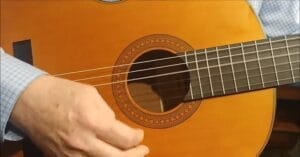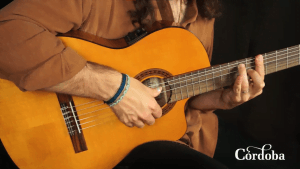Table of Contents
Introduction to Natural Harmonics On Guitar
Natural Harmonics Guitar technique is an intermediate skill many guitarists find themselves attracted to. Natural harmonics, also known as “open-string harmonics,” involve producing harmonic overtones by lightly touching the strings at specific points and picking without fretting them. let’s know more about it.
To learn about harmonics in detail, read further and check out some of the other amazing classical guitar techniques.
What Are Natural Harmonics?
Natural harmonics Guitar notes are limited to locations like the 5th, 7th, and 12th frets, etc. They stand in contrast to artificial harmonics which can be produced from any place on the fretboard.
Natural harmonics occur from the division of the vibrating length of the string into smaller segments. It results in sustained, shimmering notes.
Characteristics of Natural Harmonics
Bell-Like Tones
Natural harmonics create bell-like, chiming sounds that are distinct from standard fretted notes. These overtones have a pure and ethereal quality.
Divisions of the String
The harmonic nodes are specific divisions of the vibrating string, resulting in different harmonic pitches (octaves) depending on the node’s position. The 12th fret produces a harmonic one octave higher, the 7th fret two octaves higher, and the 5th fret three octaves higher.
Artistic Expression
Natural harmonics are used to add beauty, expression, and texture to music. They can be found in a wide range of musical genres, from classical to rock to folk, and are often used in intros, interludes, and to create interesting effects within compositions.
Chordal Harmonics
Advanced guitarists can also incorporate natural harmonics into chordal structures, creating harmonic-rich chords that add depth and color to their music.
The Physics Behind Natural Harmonics
Natural harmonics in music are a product of the physics of vibrating strings. When musicians pluck or bow a stringed instrument, such as a guitar or violin, the string vibrates and produces sound waves.
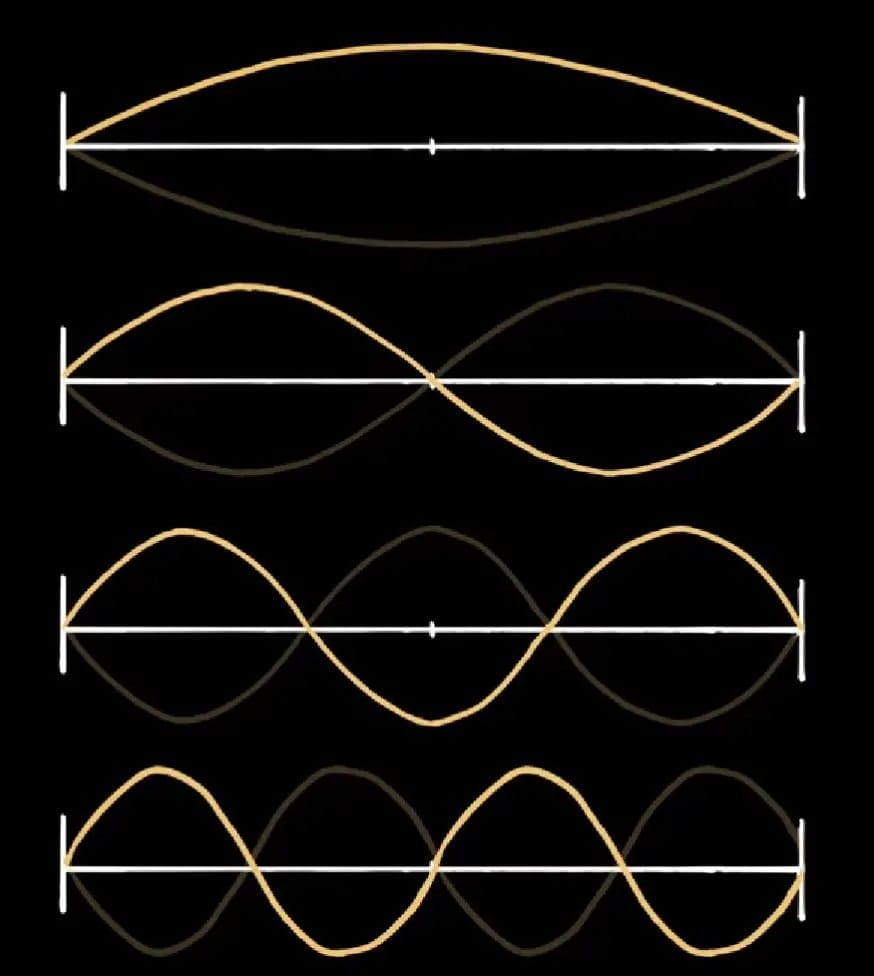
The fundamental frequency is the lowest pitch produced when the string is played openly. However, the string also vibrates at multiples of the fundamental frequency, known as harmonics. Nodal points along the string have minimal vibration and are crucial for creating natural harmonics.
Musicians can create natural harmonics by lightly touching the string at specific nodal points while plucking the string. This technique cancels out the fundamental frequency and emphasizes one of the harmonics. The pitch of the harmonic depends on which harmonic in the series is being emphasized.
Find Guitars on Amazon.
How to Play Natural Harmonics on Guitar

Select the Harmonic Node
Identify the specific points on the guitar string where natural harmonics occur. The most common harmonic nodes are located over the 12th, 7th, and 5th frets. These positions correspond to divisions of the string that produce harmonics that are one, two, and three octaves higher than the open string, respectively.
Light Touch
To produce a natural harmonic, you need to lightly touch the string directly above the selected harmonic node with a finger of your fretting hand, typically your index finger. You should not press the string down to the fretboard; instead, your finger should barely graze the string.
Plucking the String
With your picking hand, pluck the string just as you normally would for fretted notes. The key is to pluck the string cleanly and gently without muffling the harmonics produced by your other hand.
Pulling away
As soon as you’ve plucked the string and created the harmonic, release your fretting hand’s finger and make sure it doesn’t keep touching the string. This allows for a sustained natural harmonic.
Applying Theory
Natural harmonic notes don’t strictly correspond to the fretted notes, aside from the ones on the 12th fret. Learning which frets natural harmonic produces which note and their intervals from the fretted note is helpful. It will unlock doors to unique phrasings.
Guitar Natural Harmonic Notes and Locations
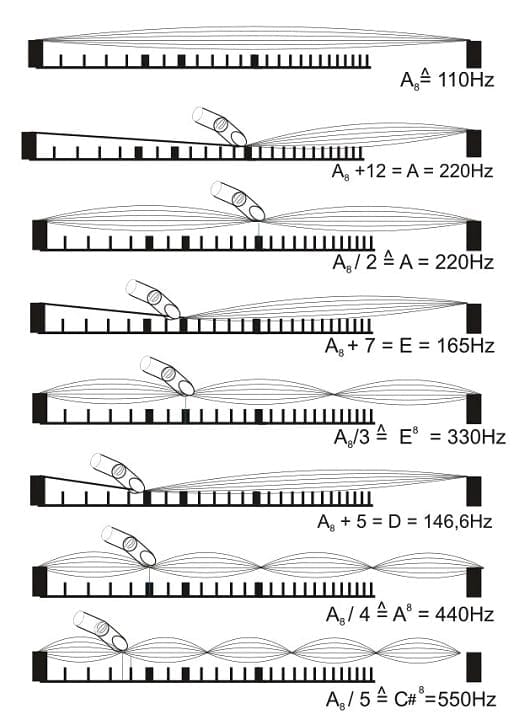
12th Fret Natural Harmonics
The Natural Harmonics guitar node produces the strongest and clearest natural harmonics. Playing a harmonic at the twelfth fret of a guitar string produces the same note as the one you would obtain by fretting the string at the twelfth fret.
For instance, the note at the twelfth fret of the high E string is E, which is exactly one octave higher than the note produced by the open E string.
The harmonic created at the twelfth fret of the high E string is also an E, but it carries the specific overtone characteristics associated with harmonics.
7th Fret Natural Harmonics
At the seventh fret, the harmonics generate notes that are pitched one octave higher than the notes you’d typically find at the seventh fret.
For instance, the harmonic at the seventh fret of the high E string corresponds to the B note typically found at the nineteenth fret of the same string.
5th Fret Natural Harmonics
When you produce natural harmonics at the fifth fret, the resulting notes are an octave higher than the ones created at the twelfth fret.
As an example, the harmonic at the fifth fret of the high E string results in an E note, but it is two full octaves higher than the pitch of the open E string.
24th fret Natural Harmonics
If your guitar had twenty-four frets, you would find the corresponding fretted note for this harmonic at the twenty-fourth fret. The harmonics at the seventh and nineteenth frets and the ones at the fifth and twenty-fourth frets are the same notes.
Natural Harmonics vs. Artificial Harmonics
Natural harmonics and artificial harmonics are two distinct techniques used in music, primarily on stringed instruments like the guitar. They differ in how they are produced and the resulting sound. Here’s a comparison between natural and artificial harmonics:
Production
Natural harmonics are produced by lightly touching the string at specific nodal points while not pressing the string against the frets. These points are typically located over the 12th, 7th, and 5th frets and produce harmonics one, two, and three octaves higher than the open string, respectively.
Artificial harmonics, also known as pinch harmonics, are produced by picking the string normally with a plectrum or finger while simultaneously touching the string with the side of your thumb or another finger at a specific point after the picking. This creates harmonic overtones.
Sound
Natural harmonics produce clear, bell-like, and ethereal tones. They have a pure and rich quality with a fundamental pitch and overtones that create a unique, chime-like sound.
Artificial harmonics produce a squealing, high-pitched, and more aggressive sound compared to natural harmonics. They often have a more distorted and intense character.
Technique
Producing natural harmonics requires a gentle touch on the string, allowing the string to vibrate at specific divisions. The string is plucked or strummed while the touching finger is lifted to let the harmonic ring out.
The technique for artificial harmonics involves a combination of picking and touching the string. The picking hand’s thumb or finger is used to touch the string after it has been picked.
Placement
The nodal points of Natural Harmonics are located at a defined number of the guitar’s frets like the 5th, 7th, 12th, 15th, etc.
Artificial harmonics can be created for any note on the fretboard, but they require the string to be touched a certain distance away from the fretted note like 12 frets.
Not to confuse Harmony and Harmonics
Harmony and harmonics are two related musical terms but refer to different aspects of music. Here are the key differences between them:
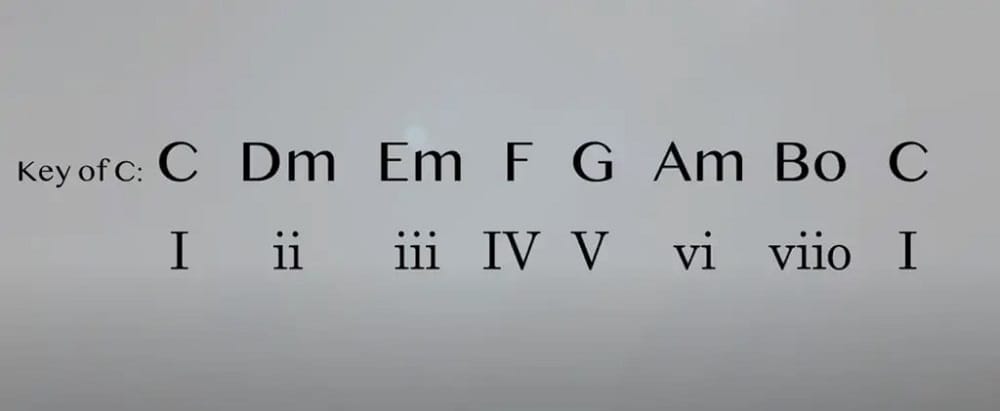
Definition
Harmony is the combination of different musical notes played simultaneously to create a pleasing or meaningful sound. It involves the vertical arrangement of notes, producing chords and chord progressions.
Harmonics, in the context of music, refers to overtones or partials that occur when a musical instrument produces a sound. These are higher-pitched frequencies that are multiples of the fundamental frequency of a vibrating string or air column.
Function
Harmony is an essential component of music that supports the melody, adding depth, texture, and emotional richness to a composition. It provides a backdrop against which the melody unfolds.
Harmonics are overtones of fundamental notes that musicians utilize to add texture and identity to compositions. They are embellishments of sorts.
Creation
Harmony is created through chords and chord progressions. Musicians use a set of predetermined rules and principles to create harmonious chord sequences.
Harmonics are produced when a vibrating medium like a guitar string vibrates in multiple segments simultaneously. Guitarists often produce harmonics technically and mute fundamental notes.
Impact
Harmony can significantly affect the mood and character of a piece of music. Different harmonic progressions can convey feelings ranging from happiness to melancholy, tension, and resolution.
Harmonics influence the timbre and the overall sound quality of an instrument. Different instruments and playing techniques produce different sets of harmonics, contributing to the diversity of musical sounds.
You can use harmonics in all kinds of guitar-playing styles. Learn how to play these styles!
Find Guitars on Amazon.
Songs that use Natural Harmonics
Roundabout by Yes
Yes is one of the behemoths of progressive rock music. This classic (and meme) song features a catchy and memorable riff that uses natural harmonics on the 12th, 7th, and 5th frets.
Sisters by Steve Vai
Steve Vai is one of the most idolized guitar virtuosos out there. There’s probably not a single guitar technique left that he hasn’t explored in his music. This instrumental ballad showcases his mastery of natural harmonics, especially in the connecting phrases and the solo.
Davidian by Machine Head
This heavy metal anthem contrasts low and distorted riffs with high and piercing natural harmonics guitar notes on the 5th and 7th frets. This adds to the hellish vibe of the song.
Blurry by Puddle of Mudd
Puddle of Mudd is a band that was a key part of the grunge movement. This alternative rock hit from them uses natural harmonics on the 12th fret to create a simple but effective riff that repeats throughout the song.
Red Barchetta
The 4 note natural harmonics guitar intro for the song Red Barchetta by The legendary band Rush has to be one of the most iconic intros.
Guitarist Alex Lifeson is a master of the guitar. His ability to create complex yet memorable notes has stood the test of time.
Altostratus by I Built The Sky
While a relatively less known track, Altostratus deserves mention because of just how well the natural harmonics are incorporated into the song. The key phrases are stock-full of glittering natural harmonics notes painted over a pretty acoustic-guitar soundscape. I Built The Sky has many other tracks with heavy use of harmonics.
Check out some cool classical guitars here!
Alan Gogoll: Modern Master of Acoustic Guitar Harmonics
My experience of listening to Alan Gogoll was something I will always remember. He uploaded a video of himself casually playing an acoustic guitar on a sunny morning. But what he did with the guitar was something I had not seen before.
Alan has a unique way of creating melodies with “Bell” harmonics. I have only heard the great Jaco Pastorius do it before that on “The Portrait of Tracy”. Alan is as technical as a guitar player can be in case of intricacy. But what he composed sounded extraordinarily beautiful to me.

The intro to Mulberry Mouse is my example of the best usage of “Bell” harmonics. He even has a song called “Bell’s Harmonics”. Alan’s “Bell Harmonic” technique is out of this world and he recently uploaded a video where he performed 1000 of them in 60 seconds.
Alan has performed all over the world and has won multiple awards for his excellence in guitar playing.
Do check out more of his work on his YouTube channel.
In a nodeshell
Natural harmonics Guitar notes add elegance to compositions. Many famous songs have been written utilizing it. It’s a technique well worth knowing about and learning.
Natural Harmonics FAQs
Natural harmonics are most commonly played at the 12th, seventh, and fifth frets, producing pitches an octave, an octave plus a fifth, and two octaves, respectively, above the open strings. (Less commonly, harmonics are played at locations like the fourth and ninth frets).
Natural harmonics, which come from the vibration of an open string, and artificial harmonics, which you produce with your picking hand while fretting a string, both generate gorgeous tones that wouldn’t sound the same on any other instrument.
When a string is only lightly pressed by one finger (that is, isolating overtones of the open string), the resulting harmonics are called natural harmonics. However, when a string is held down on the neck in addition to being lightly pressed on a node, the resulting harmonics are called artificial harmonics.
Yes, you can play harmonics on an electric guitar and they sound very fascinating.
The harmonic produced at the twelfth fret of the high E string is the same E note, but it carries the distinct overtone characteristic of a harmonic. When you play harmonics at the seventh fret, they sound an octave higher than the fretted note.
Harmonics on acoustic guitars can be very beautiful. Listen to people like Alan Gogoll, John Gomm, and Tommy Emmanuel to learn more about harmonics on acoustic guitars.
- 6 Unique Guitar Picks That Will Blow Your Mind - April 18, 2024
- 9 Most Unique Guitar Designs that will Blow Your Mind - April 18, 2024
- Unusual and Unique Guitar Accessories of 2024 - April 18, 2024




